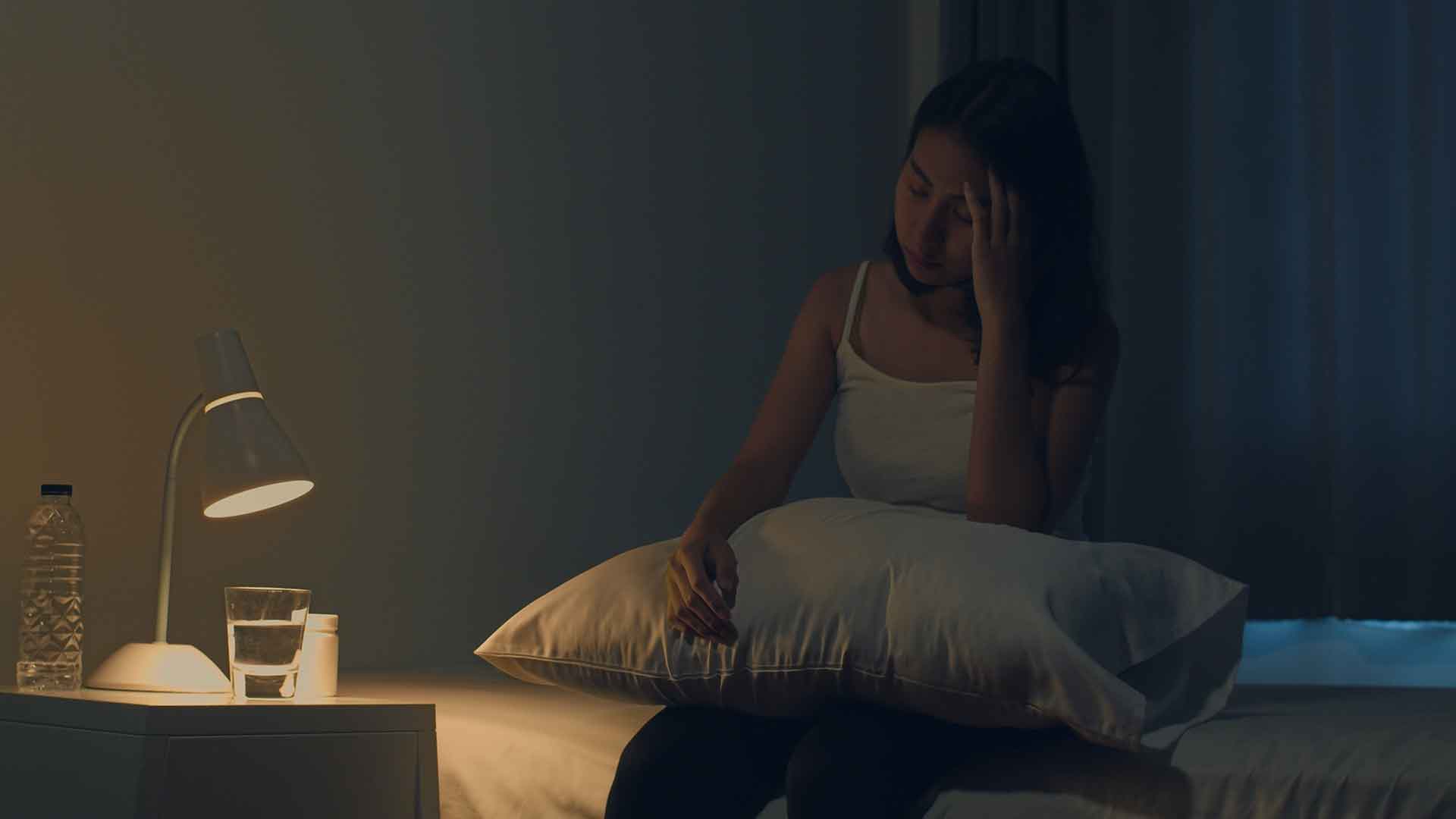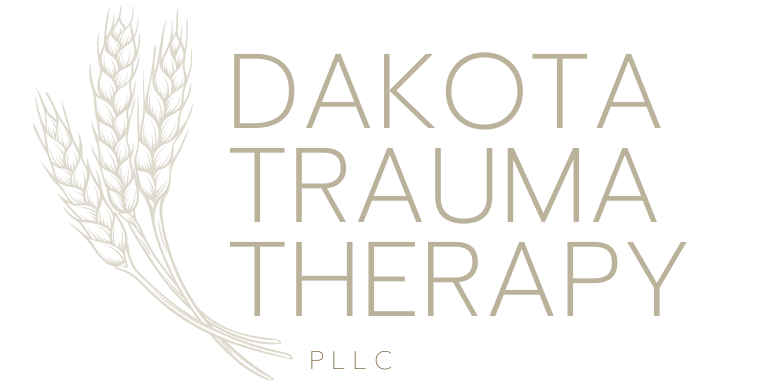Cognitive-behavioral therapy (CBT) is psychotherapy that enables you to understand and change dismissive or destructive thinking and behavior patterns.
It helps you recognize and explore how your feelings and thoughts influence your actions and alter harmful or distressing thinking processes that negatively impact attitudes and emotions.
As soon as you consider these tendencies, you will start learning to reshape your emotions more optimistically and helpfully. (1)
CBT was developed in the 1960s by a psychiatrist called Aaron T. Beck. Aron came up with the concept of CBT after observing that all of his clients had ongoing mental dialogues that sounded as though they were talking about themselves.
Since its inception, cognitive-behavioral therapy has earned a reputation as a standard treatment technique in almost 60 years. CBT is arguably the gold standard in the psychiatry sector, based on publications, academic programs, and practicing professionals. (2)
It is a common form of talk therapy that, for some patients, can be almost as effective or even better than medications in treating depression. (3) If the depression is generally well-tolerated, it can help.
However, when your psychotherapist is highly competent, this therapy can also assist in more challenging situations—in some instances, combining CBT with medications, such as antidepressants or other drugs, is more effective.
CBT is backed by science. (4) This indicates that it has been scientifically shown to be efficient. Thus, CBT is continually advancing given what is known as an evidence-based treatment.
This type of psychotherapy is always following the recent psychological empowerment for what best fits.
Types of CBT
There are various cognitive-behavioral therapies and a variety of Behavior Therapies that might be categorized as Cognitive therapy by many others. For example, you may come across the following types of Cognitive Behavior Therapy (CBT):
Cognitive Processing Therapy (CPT)
Cognitive processing therapy (CPT) is a form of cognitive-behavioral therapy proven to treat post-traumatic stress disorder (PTSD) symptoms caused by a series of stressful experiences, such as child abuse, conflict, assault, and natural catastrophes.
CPT is usually administered throughout 12 sessions and teaches people how to evaluate and alter unconstructive trauma assumptions.
As a result, the patient has a new perspective and conceptual framework of the stressful experience, reducing its long-term psychological impact on their current life. For the prevention of PTSD, this type of CBT is highly prescribed. (5)
CPT can be provided through individual and organized group sessions. Patients would have out-of-session training tasks irrespective of the method of treatment.
CPT is designed with the written trauma narrative as one of the therapy components in mind. Still, it is often administered without it, and more focus is imposed on cognitive interventions. (6)
Cognitive Therapy (CT)
Cognitive therapy is another form of psychotherapy focused on how we perceive problems, their impact, and emotions. Mental counseling is a problem-solving approach that relies on current thought, actions, and conversation rather than previous encounters.
Cognitive therapy aims to recognize and change ineffective or skewed thought processes, emotional responses, and behaviors. (7)
Dialectical Behavior Therapy (DBT)
Dialectical behavior therapy (DBT) is a form of cognitive-behavioral therapy. (8) Its primary objectives are to enable people to live in the moment, establish healthy anxiety coping mechanisms, manage their emotions, and strengthen their interpersonal relationships.
DBT was introduced to combat borderline personality disorder (BPD), and it has since been extended to treat a variety of other psychiatric illnesses.
It may benefit individuals who have trouble regulating their emotions or who engage in self-destructive habits like eating disorders or drug abuse. This form of treatment can also help with post-traumatic stress disorder (PTSD) (9)
Rational Emotive Behavior Therapy (REBT)
Another common type of cognitive-behavioral therapy (CBT) founded by psychologist Albert Ellis is rational emotive behavior therapy (REBT).
It was first named Rational Emotive Therapy; however, the name was changed to Rational Emotive Behavior Therapy to demonstrate the behavioral dimensions of the therapy. (10)
REBT is a practical method for assisting individuals with unrealistic ideas to control their impulses, perceptions, and actions more healthily and objectively. Certain undesirable conditions can arise when people have idealistic views about themselves or the universe.
This therapy’s mission is to assist individuals in recognizing and changing unhealthy attitudes and thought processes to address psychological issues and emotional distress. (11)
Our intellect, feelings, and actions are all related, according to REBT. Therefore, it is essential to analyze and understand people’s thoughts about certain events in their lives and their consequent behaviors in response.
Stress Inoculation Therapy
Stress Inoculation Therapy (SIT) is another well-known type of CBT that helps people plan for traumatic situations in advance to manage them successfully with minimal distress.
The word inoculation in SIT means immunizing the patient to stressors, just like a vaccine that makes patients less responsive to specific diseases. (12)
Individuals, partners, and groups can all benefit from SIT. The duration of the therapy will range from 20 to 40 minutes. SIT usually consists of 8 to 15 hours, plus booster and follow-up sessions, spread out over 3 to 12 months.
Core CBT Techniques
CBT is more than just recognizing thinking patterns; instead, it also incorporates various techniques to help people solve them.
Then, a psychotherapist collaborates with the patient to identify the best-suited one out of those methods. These strategies are designed to displace self-defeating emotions by giving a positive and meaningful approach.
The strategies described below are among the most widely used and efficient CBT techniques.
Journaling

This method is used to collect information about the patient’s moods and reflections. A CBT journal may include, the moment of the emotion or feeling, its cause, its magnitude or strength, and the patient’s response to it.
This approach will assist the patients in identifying, describing, and changing, adapting, or coping with their thinking processes and emotional impulses. (13)
Getting to the Bottom of Cognitive Distortions
This is one of CBT’s main objectives, which you can perform regardless of the assistance of a psychotherapist.
To uncover cognitive distortions, you must first become conscious of the ones you are most likely to experience. This technique includes recognizing and resisting inevitable negative thoughts.
Cognitive Restructuring
When you have identified your distortions, the next step is to start looking at how they come to be and why you accept them. Ultimately, when you come across a counterproductive or detrimental ideology, you will begin to oppose it.
Relaxed Breathing
It is another approach that meditation practitioners would be familiar with. Bringing uniformity and peacefulness to your breathing can help you tackle challenges from the point of equilibrium, allowing you to make more effective and sensible decisions. (14)
Exposure to Different Situations
This method is beneficial for people who have obsessive-compulsive disorder. (15)
You can practice this strategy by introducing yourself to whatever usually elicits compulsive behavior when attempting to prevent from doing so.
Another example is interoceptive exposure. This approach is used to relieve apprehension. It involves exposing the subject to suspected physical triggers to provoke a reaction.
In the process, any negative perceptions associated with the triggers are activated and maintained without interruption or inhibition. It results in habituating the patient with triggers so it won’t affect the same way in the future.
Play the Script
This method is particularly beneficial for people who suffer from phobias and anxiety. Here, a person prone to crippling fear or anxiety performs a series of thought experiments to envision the worst possible outcomes.
It helps the patient recognize that even if all of his uncertainties come true, the result will always be satisfactory.
How Does it Work?
CBT is founded on the idea that your perceptions, emotions, physical sensations, and behaviors are all linked, and these negative emotions will keep you trapped in a destructive cycle.
However, this effective therapy breaks down daunting challenges into smaller pieces, encouraging you to cope with them constructively. (16)
Other types of psychotherapy concentrate on going back in time to get a better sense of present emotions. On the other hand, CBT draws on current values and beliefs, helping patients become more conscious of their thinking processes based on experiences.
Pessimistic feelings exacerbate emotional pain and disrupt mental well-being. Such sentiments, along with anxiety, can lead to recurrent destructive responses.
Learning to reverse such habits help you cope with potential challenges upon their occurrence. CBT allows an individual to overcome this detrimental loop by reducing possible anxiety.
CBT focuses more on the patient’s current life scenarios instead of letting them dwell on their past. Although fewer details about one’s past are required, the emphasis is mainly on moving towards time to create more effective coping mechanisms.
Areas Where CBT Helps the Most
CBT can support people with a variety of issues, including serious illnesses and psychiatric disabilities. The following are some of the areas where CBT is effective significantly:
Depression and Anxiety

An individual may experience both depression and anxiety at the same time. Behavioral strategies are typically the first phase of CBT for depression.
This aspect of the treatment involves replacing habits that may induce stress with behaviors that promote satisfaction. Patients learn to confront their triggers, relax their minds, and plan for social interactions. (17)
Post-Traumatic Stress Disorder (PTSD)
CBT effectively addresses the effects of post-traumatic stress disorder (PTSD), caused by various adverse events, including serious accidents that could be physical or sexual assault.
Patients are encouraged to re-evaluate their habits and perceptions to recognize negative patterns, such as generalizing adverse events; pessimistic thinking that undermines positive thinking and constantly predicting unfavorable consequences.
Fortunately, CBT helps to replace such negative thoughts with more balanced and successful thinking patterns. (19)
Other than depression, anxiety, and PTSD, CBT also helps with other mental conditions such as panic and phobia, obsessive-compulsive disorder (OCD), (20) bipolar disorder, and schizophrenia (21). In addition to mental health conditions, CBT also helps mainly in the following issues:
Chronic Illness
CBT incorporates customized applications of self-advocacy, problem-solving, mindfulness therapy, and other lifestyle self-management techniques for chronic health conditions. Ultimately, working with a CBT specialized psychotherapist will help you develop effective disease coping strategies to improve your lifestyle over time.
Abandonment Issues

CBT helps you become aware of the emotions regarding relationship breakdowns, divorce, and disputes with a loved one, resulting in abandonment fears.
In addition, CBT aids the patients in dealing with abandonment issues by adjusting their view of fear-inducing incidents. Ultimately, helping patients rewire their perceptions of such incidents.
Low Self Esteem
CBT helps individuals improve their self-esteem by allowing them to recognize their negative emotions and behaviors.
A competent psychotherapist works with the patient to uncover any negative assumptions about himself and helps him develop new and more logical perceptions. Consequently, it boosts confidence, and the patient is more likely to acquire a positive thought pattern.
Effectiveness of CBT as Per Science
Cognitive-behavioral therapy has widely been studied for its effectiveness in various psychological conditions, as explained above. Let’s have a look at some recent analyses to assess its effectiveness.
- A study on ‘Effectiveness of Group Cognitive Behavioral Therapy for Insomnia (CBT-I) in a Primary Care Setting,’ published in ‘Behavioral Sleep Medicine’ in 2017 (22) proved that:
“The CBT-I program was associated with improvement on all sleep and mood measures. Effect sizes were similar to, or larger than, those found in randomized controlled trials, demonstrating the real-world effectiveness of CBT-I in an interdisciplinary primary care setting.”
- A systematic review and meta-regression analysis on ‘Effectiveness of CBT for children and adolescents with depression’ was published in ‘European Psychiatry’ in January 2019 (23) concluded that:
“CBT containing a combination of behavioural activation and challenging thoughts component (as part of cognitive restructuring) or the involvement of caregiver(s) in the intervention was associated with better outcomes for youth in the long term.”
- In October 2020, a study on ‘Testing the Effectiveness of Cognitive Behavioral Therapy in Relieving Nurses’ Ageism Toward Older Adults’ was published in Cognitive Therapy and Research (24). It concluded that:
“Our findings have shown that CBT intervention significantly reduces ageism outcomes related to death anxiety, low self-esteem, poor interpersonal relationships, and disruptive sense of symbolic immortality. This study suggests that cost-effective interventions like CBT should be incorporated in the orientation training programs for nurses caring for older adults to eliminate any ageist attitudes or behaviours the nurses may have.”
Pros of CBT
- CBT has been more effective than medication in treating certain mental health conditions, and it can be beneficial in situations where medicine has failed.
- Compared to most psychotherapies, this therapy will be done in a shorter period, allowing you to see positive outcomes sooner.
- CBT works on retraining your emotions and changing your behaviors to transform your feelings rather than bringing up the past.
- CBT’s highly organized nature allows it to be delivered in various settings, involving groups, self-help books, and digital programs.
- The practical skills and valuable strategies you learn through CBT can be adapted into daily life and help you deal better with possible challenges of everyday life, even after the therapy is over.
Cons of CBT
- To gain the most out of CBT, you must stick to the procedure. A psychotherapist can only assist and guide you but cannot handle your issues without your input.
- CBT may not be appropriate for individuals with more nuanced mental health conditions or developmental disabilities due to its standardized format.
- Critics claim that while CBT only discusses current challenges and works on particular topics, it ignores the root factors of psychiatric illnesses, such as a traumatic upbringing.
- CBT focuses on an individual’s ability to alter their emotions, attitudes, and behaviors. Still, it does not resolve more significant issues in systems or communities, directly affecting a person’s mental health and well-being.
What to Expect from Your First CBT Session

It can be challenging to get started with the therapy. It is normal to be apprehensive in your first session. You may be curious as to what the therapist would inquire. You may also be extremely nervous about telling a stranger about your dilemmas.
The first session will start with your psychotherapist asking about your symptoms, thoughts, and emotions. The psychotherapist will also inquire you about the particular problems you are having.
Then you will probably come to the point to discuss general treatment policies, including anonymity and therapy costs, appointment time, and the frequency of sessions your therapist recommends.
You will also be discussing your therapeutic objectives, including what you hope to get out of this therapy.
You will be made to feel at ease so that you can freely express your thoughts and ask your concerns effortlessly. You will not have to feel hesitant to ask any questions that arise.
For example, you may ask about combining CBT with medicine, or how the psychotherapist will assist you if you are battling with suicidal thoughts, or if your therapist has previous experience with similar patients.
Final Thoughts
CBT is the most effective and simple treatment for dealing with mental health issues or unpleasant experiences for long-term results. (25)
The skills you will gain throughout the sessions will help you deal with your mental illness and any potential obstacles in the future.
You should bear in mind, though, that CBT doesn’t work overnight and is not a quick-fix; it takes time and persistence to obtain fruitful outcomes. Therapy is not always enjoyable, and it can be physically draining. It is just only one of the many possibilities.

